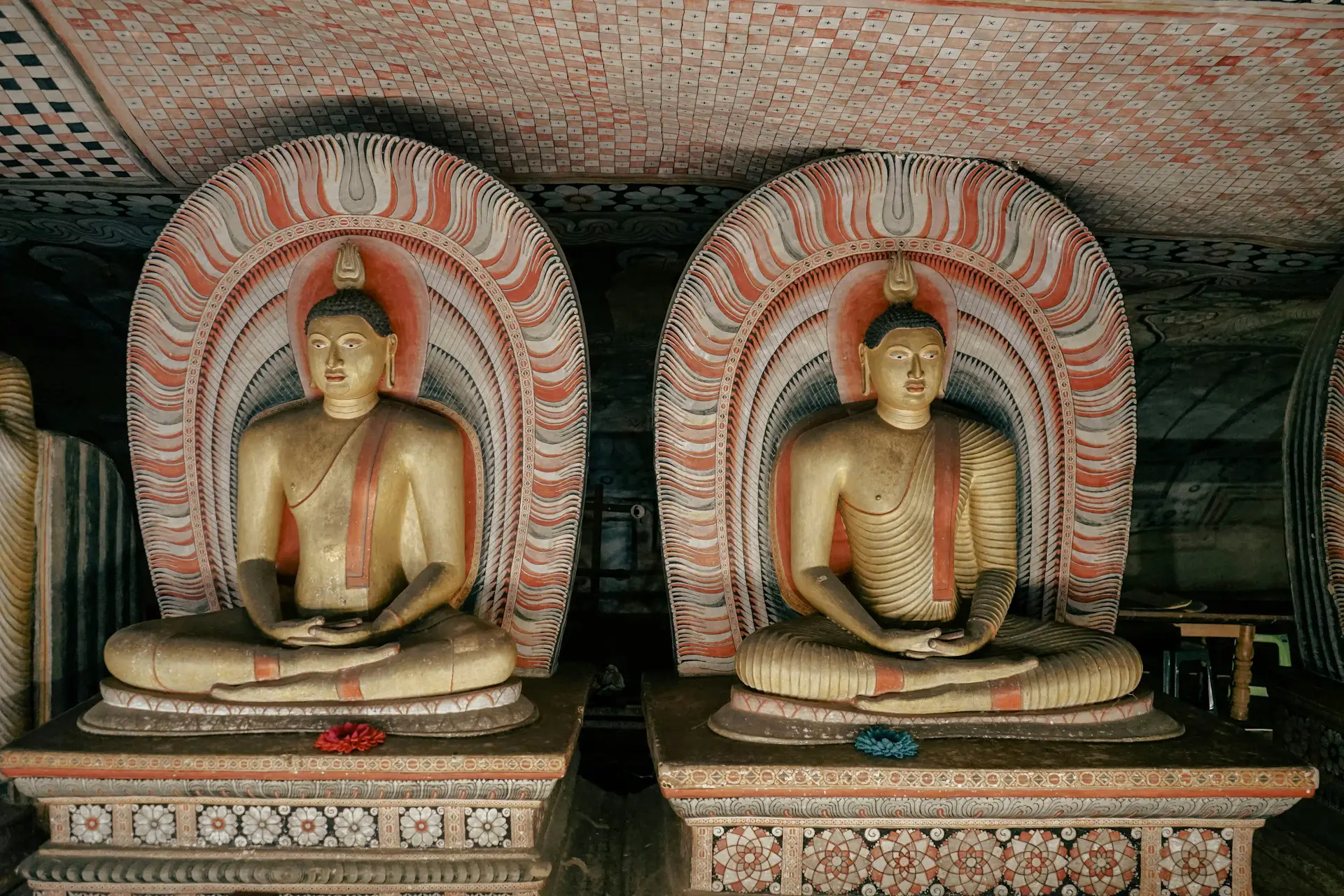Discover the Wonders of Sinharaja Rain Forest: Sri Lanka’s Tropical Treasure
For nature enthusiasts and adventurers, Sinharaja Rain Forest is a must-visit destination. As one of Sri Lanka’s last remaining virgin rainforests, Sinharaja is a UNESCO World Heritage site and a biodiversity hotspot that offers visitors a glimpse into a rich and thriving ecosystem. Located in the southwestern part of Sri Lanka, Sinharaja is known for its amazing wildlife, lush greenery, and incredible plant life—perfect for eco-tourists and anyone who loves nature.
The Rich Biodiversity of Sinharaja
Covering over 8,800 hectares, Sinharaja Rain Forest is home to an astonishing variety of species. It’s home to more than 50% of Sri Lanka’s endemic species of trees, birds, and animals, making it a living laboratory for scientists and a paradise for nature lovers. The dense canopy of towering trees, interwoven with vines and ferns, creates a magical atmosphere that is both tranquil and awe-inspiring.
Wildlife in Sinharaja
Wildlife abounds in Sinharaja, and visitors to the forest have the opportunity to encounter some of Sri Lanka’s most unique and rare species. Among the highlights are:
- Birdwatching Paradise: Sinharaja is a birdwatcher’s dream, with over 147 species of birds, including 21 of Sri Lanka’s 26 endemic species. Look out for the striking Sri Lanka Blue Magpie, the Red-faced Malkoha, and the Sri Lanka Spurfowl, as well as mixed-species flocks that are a unique sight in this region.
- Mammals: The forest is home to several rare mammal species, including the elusive Sri Lankan Leopard, the Purple-faced Langur, and the Giant Squirrel.
- Reptiles and Amphibians: Sinharaja is also rich in reptile and amphibian life, with colorful lizards, snakes, and an array of frogs, many of which are endemic to the island. The Green Pit Viper and various tree frogs are commonly seen in the forest.
- Insects and Butterflies: The forest is alive with insect activity, and you can spot beautiful butterflies like the Ceylon Rose and Ceylon Birdwing.
The Experience of Trekking in Sinharaja
Trekking in Sinharaja Rain Forest is a truly unique experience. The forest is humid, with trails that lead you through tall trees, streams, and waterfalls. The sound of rustling leaves, birds singing, and flowing water surrounds you, making it a peaceful escape from daily life. Guided treks are the best way to explore Sinharaja, with expert guides pointing out wildlife and plants you might miss. The treks range from easy to moderate, depending on how far you want to venture into the forest. Be sure to bring your camera—every corner of Sinharaja is picture-perfect!
Why Visit Sinharaja?
Sinharaja is more than just a rainforest; it’s a glimpse into Sri Lanka’s rich biodiversity and natural beauty. Home to many unique plant and animal species found nowhere else in the world, it’s a must-visit for nature lovers. As a model of eco-tourism, strict conservation efforts help keep the forest virginal, allowing visitors to enjoy it responsibly. Whether you’re trekking, birdwatching, or simply soaking in the lush surroundings, Sinharaja offers an adventurous escape into nature. Its remote location also makes it a peaceful, uncrowded destination, perfect for those seeking peace.
Nearby Attractions
- Deniyaya Tea Plantations – Located near Sinharaja, these lush tea estates offer scenic views and insights into Sri Lanka’s famous tea production.
- Maduwanwela Walawwa – A historic colonial-era mansion situated about an hour from Sinharaja, showcasing Sri Lankan architecture and history.
- Kanneliya Forest Reserve – Just a short distance from Sinharaja, this reserve offers more opportunities for nature lovers to explore Sri Lanka’s rich biodiversity.
- Sinharaja River – Flowing through the forest, this serene river is perfect for short hikes and birdwatching along its banks.
- Handapan Ella Falls – A beautiful waterfall located near Sinharaja, ideal for a refreshing stop after a day of trekking in the forest.
Best Time to Visit Sinharaja Rain Forest
The best time to visit Sinharaja Rain Forest is during the dry season, which typically lasts from January to April and from August to September. While the forest receives heavy rainfall year-round due to its tropical location, visiting during the dry months ensures better trekking conditions and a higher chance of spotting wildlife.
Plan Your Sinharaja Adventure with Us!
Ready to explore the wild beauty of Sinharaja Rain Forest? Let us help you plan an unforgettable eco-tourism experience! From guided treks to private transportation, we offer customized packages that ensure you get the most out of your visit to this natural wonder. Whether you’re an avid birdwatcher, a nature lover, or simply seeking an adventure off the beaten path, Sinharaja promises an immersive experience like no other.







